This video highlights TransACTION, USAID's flagship activity—funded by the President's Emergency Plan for AIDS Relief (PEPFAR)—for HIV prevention in Ethiopia. The activity, which, over the last five years, targeted people most at risk for HIV, established 158 HIV/AIDS multi-sector committees at the town level. These committees were instrumental in coordinating outreach messaging and services with local government and private sector clinics.
TransACTION Program: An Overview
9:28
Video Transcript
(0:06-0:10) Sub-saharan African countries have some of the highest prevalence of HIV/AIDS.
(0:10-0:14) Until recently, this included Ethiopia.
(0:14-0:21) The 2011 demographic health survey indicated around 2.3 percent live with HIV.
(0:21-0:24) As Ethiopia's health development sector has grown,
(0:24-0:28) the country has seen a reduction in HIV prevalence.
(0:28-0:31) According to the HIV AIDS Prevention and Control Office,
(0:31-0:36) the prevalence rate has been reduced from 2.1 percent in 2011,
(0:36-0:40) to 1.3 percent in 2013.
(0:40-0:44) USAID initiated the TransACTION program in 2009...
(0:44-0:47) to target most-at-risk populations...
(0:47-0:50) who are at a higher risk of contracting HIV.
(0:50-0:54) USAID TransACTION was a five-year...
(0:54-0:57) $14 million flagship prevention program...
(0:57-1:01) implemented in 119 towns with the goal...
(1:01-1:05) of reducing new HIV and sexually transmitted infections...
(1:05-1:08) among most-at-risk and vulnerable populations...
(1:08-1:13) like commercial sex workers, daily laborers, and truck drivers.
(1:13-1:17) The program was managed by a consortium of...
(1:17-1:21) international organizations led by Save the Children...
(1:21-1:24) and directly implemented by local NGOs.
(1:24-1:29) The town level implementation was coordinated by a multi-sectoral committee...
(1:29-1:32) represented from relevant government sector offices,
(1:32-1:36) community-based organizations, and program beneficiaries...
(1:36-1:38) for increasing quality of implementation...
(1:38-1:41) and the likelihood of ownership and sustainability...
(1:41-1:44) at a grass root level.
(1:44-1:47) In order for TransACTION to achieve the intended objective,
(1:47-1:51) significant focus was given to a comprehensive prevention approach...
(1:51-1:52) which includes behavioural,
(1:52-1:56) bio-medical, and structural intervention.
(1:56-2:00) The behavioral program component of TransACTION has been...
(2:00-2:02) designed to increase knowledge of HIV and STI...
(2:02-2:05) and foster healthy attitudes and...
(2:05-2:09) safe sex practices among the targeted populations...
(2:09-2:13) involved in commercial and transactional sex.
(2:13-2:17) TransACTION has developed five funded education programs...
(2:17-2:21) for each target group under the umbrella 'addis mella', which means new strategy.
(2:21-2:25) The bio-medical intervention of the program...
(2:25-2:30) focused primarily on improving access to HIV and STI service...
(2:30-2:33) and strengthening the referral for care and support.
(2:33-2:37) A network model was designed to increase access to quality services...
(2:37-2:42) which ultimately satisfy the needs of the targeted populations.
(2:42-2:47) A voucher system was also introduced to build confidence...
(2:47-2:50) and insure the linkage among different actors:
(2:50-2:55) the beneficiaries, clinics, and the drug retail outlets.
(2:55-2:58) Lay counselors assigned at the clinics strengthened...
(2:58-3:02) the entry point for testing and the referral linkage...
(3:02-3:04) for care and support services.
(3:04-3:09) The economic empowerment initiative assist the targeted populations,
(3:09-3:12) especially women, avoid risky behaviors...
(3:12-3:15) and absorb economic shocks by engaging...
(3:15-3:19) in saving groups and income-generating activities.
(3:19-3:23) The structural intervention of the program focused on...
(3:23-3:26) strengthening the organizational and technical capacity...
(3:26-3:31) of local non-governmental organizations, HIV/AIDS committees,
(3:31-3:35) and private health facilities to be actively involved in the...
(3:35-3:40) day-to-day activities of the program implementation and coordination.
(3:40-3:42) The community dialogue on gender...
(3:42-3:45) has also increased the impact of the program...
(3:45-3:49) by improving the enabling environment to work around...
(3:49-3:53) transactional and commercial sex.
(3:53-3:58) With the relentless and coordinated effort of all implementing partners,
(3:58-4:01) over 1.1 million beneficiaries...
(4:01-4:05) have directly received HIV and STI related services...
(4:05-4:08) during the life of the program.
(4:08-4:14) In general, there are changes that TransACTION brought in our city.
(4:14-4:17) As I mentioned it earlier, it brought attitudinal change…
(4:17-4:20) especially on the youth and also on the commercial sex workers…
(4:20-4:24) that they can work by keeping themselves from HIV.
(4:24-4:26) This is one big change.
(4:27-4:30) And people’s attitude toward HIV is changing.
(4:30-4:35) There was discrimination and stigma.
(4:35-4:39) There was a time when they wouldn’t even let me peel onions.
(4:39-4:45) But now they choose me for my cooking skill.
(4:47-4:50) When the clients come here from the clinic with the coupon,
(4:50-4:56) we explain it to them very well with the language that they understand…
(4:56-4:58) and give them the TransACTION kit.
(4:58-5:01) And in addition, we not only give them the kit…
(5:01-5:05) but we also counsel them. We give them counseling service.
(5:05-5:07) We tell them not to discontinue taking the medicine and that if it is discontinued,
(5:07-5:09) the medicine will not work.
(5:09-5:12) And also, for example, if only a male or female comes,
(5:12-5:17) if she has a husband, we tell her to bring her husband.
(5:17-5:21) If it is a man, we tell him to bring his wife or his friend.
(5:21-5:27) Therefore, this is how we counsel them separately to prevent the disease.
(5:27-5:31) When they have sexually transmitted disease,
(5:31-5:35) they come and tell us their symptoms so that we give them the medicine.
(5:35-5:37) But what I do is, if I give them the medicine,
(5:37-5:42) I will get a benefit, but the main objective is to save the community.
(5:42-5:45) Because the main objective is to save the community,
(5:45-5:50) what I do is, I will persuade them to go to the member clinic.
(5:50-5:52) And there is a back referral coupon.
(5:52-5:56) So I give them the back referral coupon and take them to the clinic.
(5:57-6:00) I was studying at Arba Minch University.
(6:00-6:03) Because my result was not good enough to pass…
(6:03-6:05) I came back home.
(6:05-6:07) But my parents were unable to pay for my college.
(6:07-6:09) So I became a commercial sex worker.
(6:12-6:14) I got drunk myself.
(6:14-6:17) At that time I couldn’t remember whether we used condom.
(6:17-6:20) I was always hiding from my relatives.
(6:20-6:23) It is like hide and seek.
(6:23-6:26) I cover my face and walk at night like a hyena to hide myself…
(6:26-6:29) for fear of being caught.
(6:29-6:33) I was doing a very disgusting job.
(6:33-6:37) Because I had no choice.
(6:37-6:40) I was not really living life, I was stagnated.
(6:40-6:45) It was a life of apprehension. Now I feel like I am reborn.
(6:45-6:49) A commercial sex worker doesn’t have a vision.
(6:49-6:04) We think only for the day and we could die tomorrow.
(6:52-6:58) I have a vision now, got married and a mother of this child.
(7:00-7:04) TransACTION won’t give you money.
(7:04-7:07) It gives you a wealth of knowledge.
(7:07-7:13) Even if TransACTION leaves we are TransACTION ourselves.
(7:13-7:16) We can teach others beyond ourselves.
(7:17-7:21) Parents (mother and father) support you to start your own life.
(7:21-7:24) No child then should return home.
(7:24-7:26) They should live on their own.
(7:28-7:32) Now our organization has moved from implementing partner…
(7:32-7:37) to serve granting other implementing local organizations.
(7:37-7:41) This is because of the capacity-building training…
(7:41-7:44) and the capacity-building assistance…
(7:44-7:49) that you have got from the USAID-Save the Children TransACTION program…
(7:49-7:51) in the last two years.
(7:53-7:56) Anecdotal evidences in the preliminary result of the online evaluation…
(7:56-8:00) suggested that the targeted populations have significantly…
(8:00-8:03) improved their knowledge on HIV and STI…
(8:03-8:06) which led to correct and consistent condom use…
(8:06-8:09) and access to HIV counseling and testing…
(8:09-8:12) and sexually transmitted infection services.
(8:13-8:17) Even though the direct impact of TransACTION cannot be measured at this stage,
(8:17-8:21) it is believed that it has contributed significantly…
(8:21-8:26) to reducing new HIV and STI infections among the targeted groups…
(8:26-8:30) in and around the 119 towns served by the program.
(8:32-8:39) I am thankful for the day TransACTION came here.
(8:39-8:42) It was a lucky day, I celebrate that day every year.
(8:42-8:45) Because it brought me TransACTION.
(8:45-8:47) I celebrate that day with candles.
(8:47-8:52) Appreciation and many thanks go to all involved directly or indirectly…
(8:52-8:55) in the implementation of TransACTION program,
(8:55-8:58) more so, to the United States Government and people…
(8:58-9:00) for funding TransACTION program.
Февраль 6, 2017







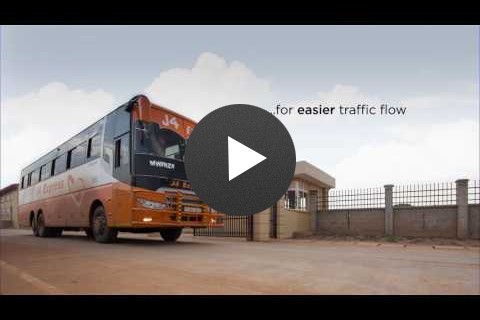
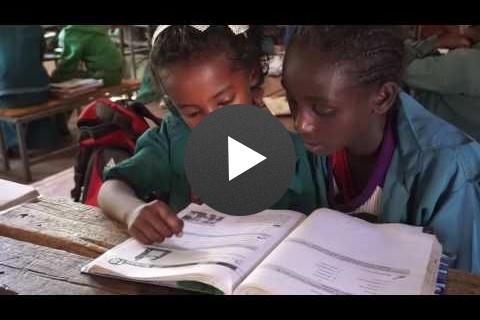
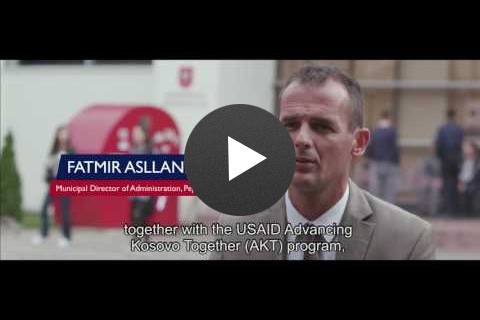
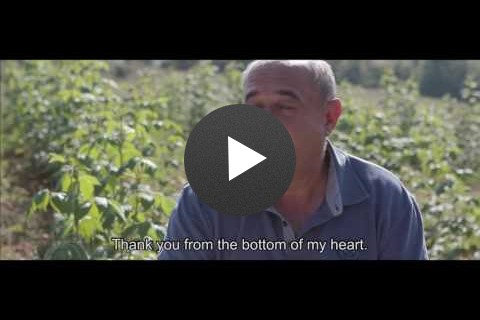
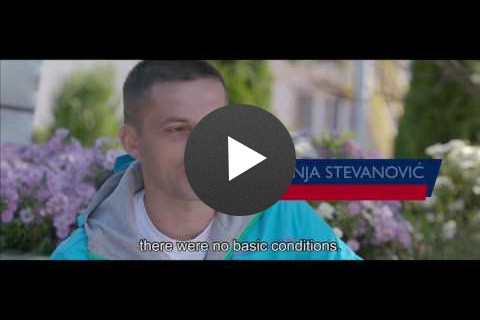
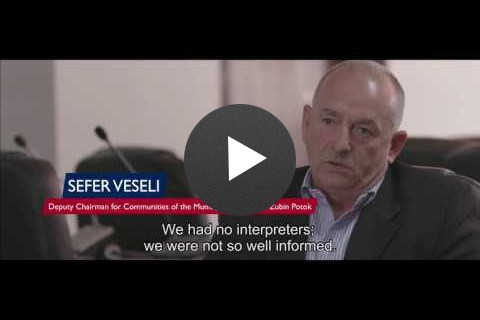
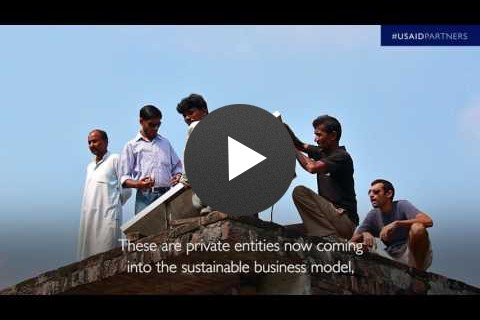
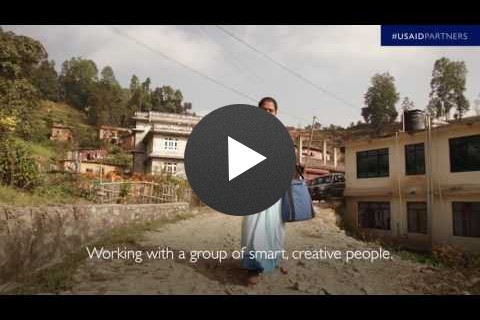
Comment
Make a general inquiry or suggest an improvement.